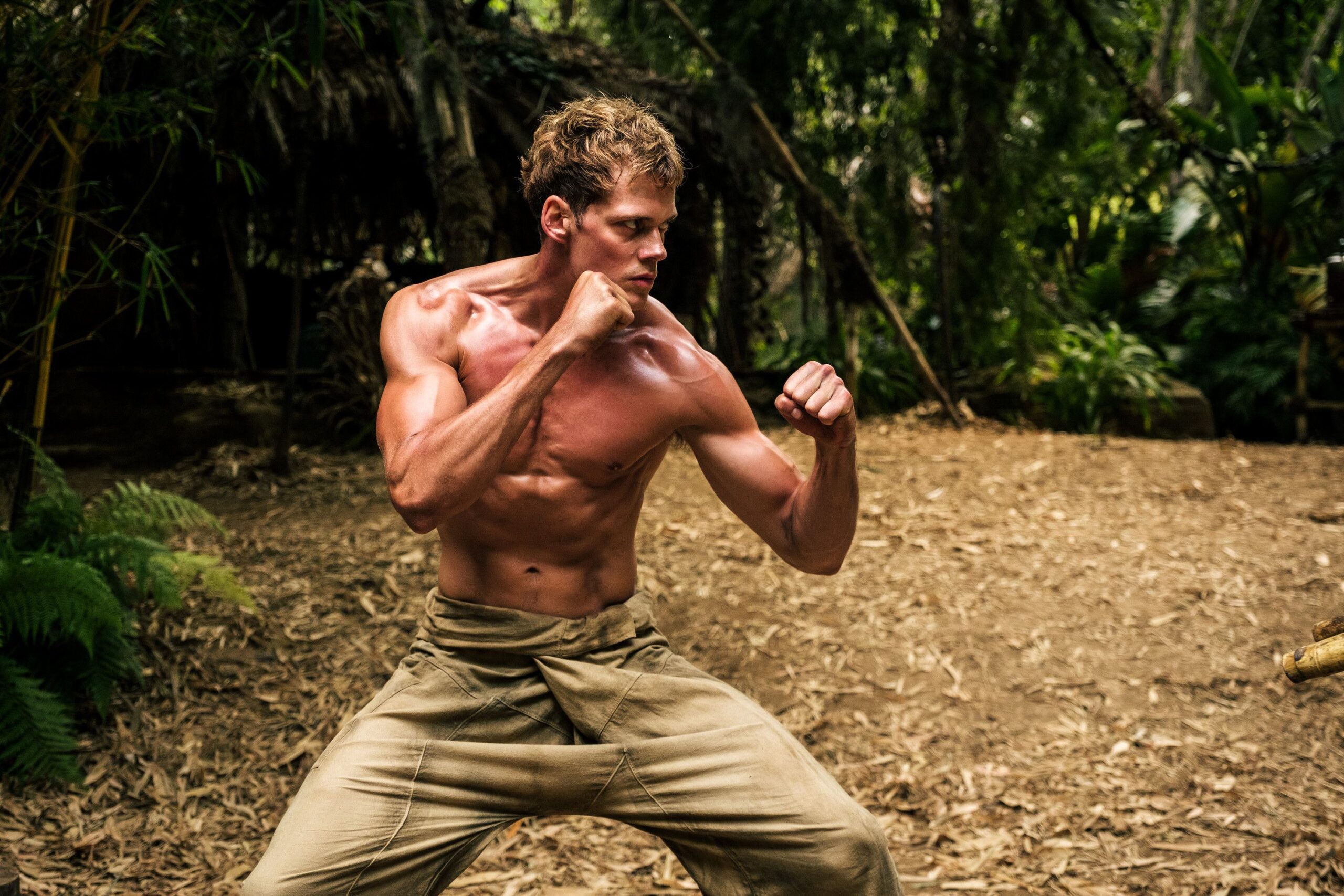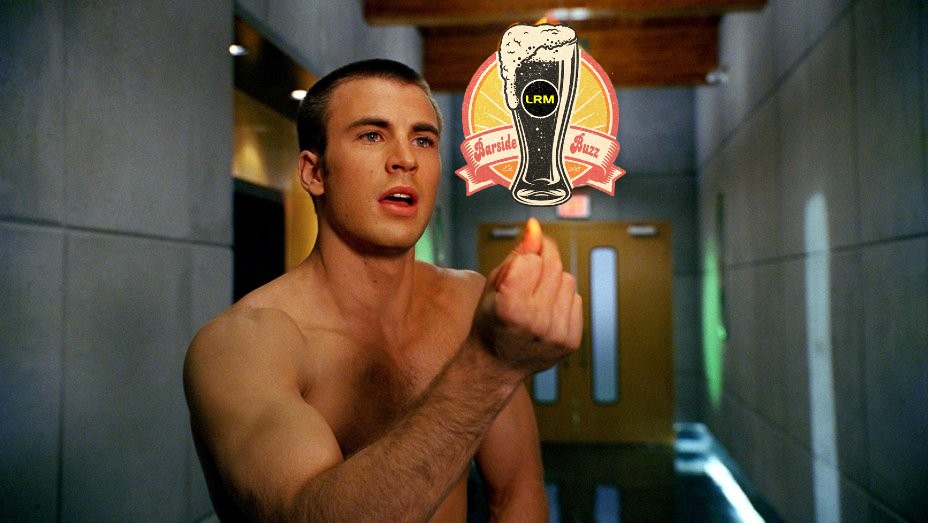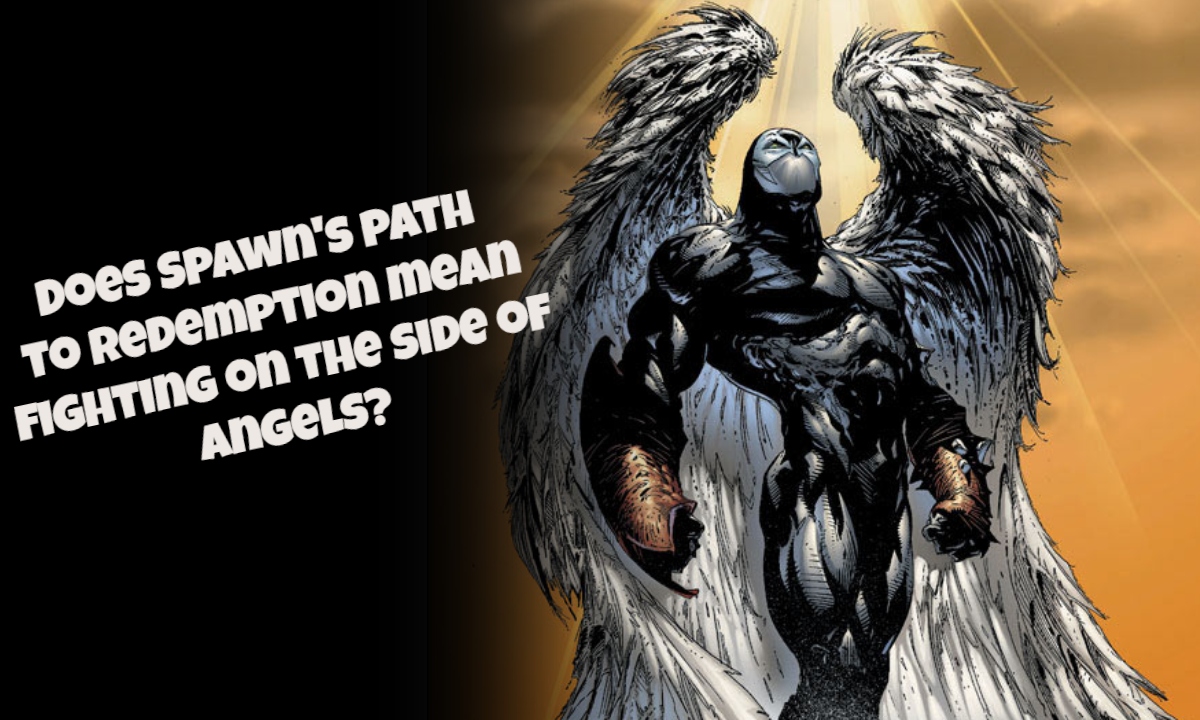Pixar’s new upcoming film Coco is a unique one for the studio. It’s the first one for them to deal with Mexican culture and, to be frank, the first one to have a non-white ensemble cast. But luckily, that isn’t the only draw for the film. It certainly helps that the story is sound, and that the visual our out-of-this-world amazing.
One job that’s important to that is the director of photography for lighting, whose job it is to, you guessed it, light the film in as effective a way as possible. The woman up for this task was none other than Pixar veteran Danielle Feinstein, who’s been working for the studio for decades now.
LRM had a chance to sit down with Feinstein at a roundtable interview in a Denver hotel and discuss her involvement in Coco, the challenges it brought, what it’s like working at Pixar, and everything in between!
What drew you to “Coco” in the first place? What’s the overall process of signing on? You have been at Pixar for a while, so what’s it like? Is signing up for each film like applying to a different job? How does that process work?
Feinberg: It used to just be that I went movie to movie. When I got promoted to be the director of photograph for lighting, which was in 2005, you start then having to essentially interview for the position. Now, if you don’t get it it doesn’t mean that you leave Pixar, it means you help out on some other project or keep going.
When Coco came up and I had heard — you don’t get to hear very much because it’s all sort of secret in the hallways, what’s happening, so you get these little tidbits and maybe dig around — but I knew it was Day of The dead. I had always been fascinated by Day of the Dead, but didn’t know a whole lot about it, but visually I couldn’t really imagine a much cooler thing to work on. I interviewed for it and I think that enthusiasm may have shown [Laughs]. That’s kind of how we do it. I’ve been there for 21 years, and over time it’s morphed into the system that it is now.
I went to art school and I think one of the main reasons why I’m not an artist today is I don’t think I embraced what light it, how important it is, how it affects what you do until very late in my art career. I’m curious, I’m sure it happened to you much younger because you’re successful [Laughs], was there a moment where you were a young artist where you kind of got it? Where you oh, my goodness, this is during the night and the light is this way? I’m curious because it seems like such a passion of you specifically.
Feinberg: Yeah. I think on the art side of things, I grew up in this very artistic family. Both my parents were architects, my sister is a fine artist. We just grew up doing art all the time. My parents had us in classes, we had this giant art table with all these art supplies and whatever. That was sort of second nature. I didn’t really think about that as much.
I don’t know anything about lighting. If I showed you the film I made my senior year in this animation class for the art department. I was like, “You put a light in and you light things up so you can see.” I don’t know. I didn’t know anything about it. I hope that thing is burned somewhere so nobody sees it.
I started at Pixar in this, it was nothing artistic, completely entry level kind of problem solving, technical position. I was sort of generating the final images, so if things go wrong you got to figure it out, or you send it off to the department where there’s a problem. I was doing those renders for the woman who was heading of the lighting department. She was doing the first looks test, and she took a liking to me and took me under her wing.
On A Bug’s Life, my first film, I got to a do a little bit of lighting, because they needed a little bit of help to meet the deadline. I started learning a bout lighting where I knew nothing about lighting, but had enough of an artistic eye at that point that Pixar would sort of vest in me to keep going in lighting.
Back when I started no one had any experience doing computer animation, because there wasn’t really computer animation. No one was coming from other jobs in computer animation, really. A little bit, but not really. It was a teeny tiny little community so they were trying to find our talents and pull them out. Everything I know about lighting I learned at Pixar and I fell in love with lighting there, and turned into a complete lighting nerd when I started from like nothing.
Do you think now that you are a lighting nerd, do you go around looking at things in everyday life and saying how could I recreate that in animation?
Feinberg: Yeah, totally. Because we’re recreating stuff on the computer, we aren’t using totally real world physics so we want all this control, because ultimately we’re making art. If you get that wrong and you get the physics of things wrong, you can pull the audience out of the film, which is horrible filmmaking. So I spend a lot of time observing the real world.
When I’m deep in a movie there is a whole other thing going on. In our movies we spend a lot of time getting the eyes right and placing the eye highlight, and getting the iris to get a little bit of color to it, and the eye whites. What happens when I’m deep in the movie is I’ll be talking to someone and I’ll be thinking your, “You eye highlights should move to the right and your iris could have some more color to it.” It’s this whole other voice that’s happening while I’m having a conversation. You call it psychotic a little bit, or something. It’s definitely like there is a whole other part of my brain that is always observing that stuff.
I know you worked on other movies like “Toy Story,” “Wall-E.” This movie most of the cast, I think all of them is Latin, they speaking in Spanish. I think this is the first movie that voices are (at least partially) in Spanish. What do you think about this?
Feinberg: I think it’s totally awesome. I love that Pixar doesn’t shy away from things like that, where it’s like we’re making a movie about Mexico, why we would get a bunch of [Laughs] … We’re never like, “Oh, we’re going to get some big name actor to do the voice of this so that we can sell more tickets.” It’s like no, who’s the right casting for that character kind of thing, you know? Obviously, the right casting for Coco is to have Latin actors and actresses.
That’s part of why I work at Pixar because that’s what they care about and that’s the priority things are put on. I am particularly proud of that in this movie. In addition to that the music we had, we had all these consultants. When I went on the research trip we had Camilo Laro, the Mexican Institute of Sound, who knows everything there is to know about music in Mexico. I feel like he was a consultant and then a woman named Germaine Franco, who helped compose some of the music, and we went down and recorded all of these Mexican bands playing different kinds of musics, and Camilo found them. It was like going to the right place to get the right stuff. I just love that Pixar will do that because it’s exactly the right thing to do, but it doesn’t mean people do it.
That’s a good way to put it. Have you been to other places? You went do to Mexico for this one, for “Finding Nemo,” did you scuba dive?
Feinberg: I was not quite on it soon enough and high enough to go, so the woman who my mentor was my job on that movie. I came in and it was like you have to cath up on what everyone’s done, and mind meld with what they’ve seen and try and translate it. This is actually the first one. With Wall-E when I directed the lighting they were like you could go to a garbage dump or…? I was like I’m cool. I think I could get it from pictures. Then on Brave they had been going, that film had been in production long enough they had already done the research trips so they were like, “Well, Scotland has this amazing sense of light.” I was like, “I hope it shows up in the photos.” [Laughs]
I think we’ve already touched on multiple reasons why for this question, but Pixar is Pixar, it’s unlike any other studio. Can you maybe share other reasons why it’s different and unique and special? I mean, you mentioned the research. You mentioned not being hold into the A-list actor to get the right voice. What are the things? We can see it, but we can’t feel it, and you’re inside.
Feinberg: I can’t speak for any other studios, I’ve only ever been at Pixar forever. I think Pixar prioritizes story over everything, including money. If there’s a story change we want to late in the game, where we’re going to cut sequences that have already been lit, which that’s an expensive thing to do, it’s taken months to get them done, they’ll do it because if it makes a better story than half that they’re going to do. I think that is a pretty rare thing.
I think the thing where we have this, the creative brain trust, that’s sort of the really top creative story people in the building watch the screening of the current iteration on the film and they give notes, and you don’t have to address them, but it’s this way of … When you work on a project for so long you lose any ability to see what’s really going on or any distance from it, and that provides that distance. It isn’t a thing where you have to do those notes, because that can crush your sort of creative spirit a little bit, but it’s this heads up, like, “I think this might be a problem.” You want to solve it, but solve it in your own way. I think that’s a critical thing.
It’s also Pixar really cares about the employees. You have people who they are brilliant and creative and they’re actually really nice people, and they feel supported, and that lends its way to much greater inspiration too.
If you have to work over time they’re not sort of whipping you —
Feinberg: No, I’ll tell some of the lighters like, “Please, you need to go home.” They’re like, “No, it’s not good enough yet.” We’re like a company full of overachievers. We have to control that sometimes.
As far as lighting and animation, how much crossover do you think there is doing that and lighting in live-action?
Click below to continue reading!
Page 2:
Live-Action Crossover & Visual Inspirations
Continue Reading
| 1 | 2 | Next > > |

 FOR FANBOYS, BY FANBOYS
Have you checked out LRM Online’s official podcasts and videos on The Genreverse Podcast Network? Available on YouTube and all your favorite podcast apps, This multimedia empire includes The Daily CoG, Breaking Geek Radio: The Podcast, GeekScholars Movie News, Anime-Versal Review Podcast, and our Star Wars dedicated podcast The Cantina. Check it out by listening on all your favorite podcast apps, or watching on YouTube!
Subscribe on: Apple Podcasts | Spotify | SoundCloud | Stitcher | Google Play
FOR FANBOYS, BY FANBOYS
Have you checked out LRM Online’s official podcasts and videos on The Genreverse Podcast Network? Available on YouTube and all your favorite podcast apps, This multimedia empire includes The Daily CoG, Breaking Geek Radio: The Podcast, GeekScholars Movie News, Anime-Versal Review Podcast, and our Star Wars dedicated podcast The Cantina. Check it out by listening on all your favorite podcast apps, or watching on YouTube!
Subscribe on: Apple Podcasts | Spotify | SoundCloud | Stitcher | Google Play






